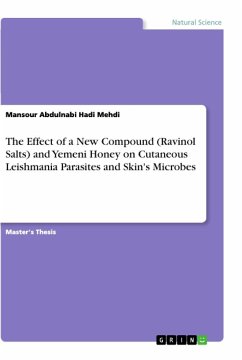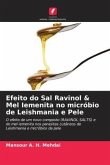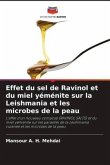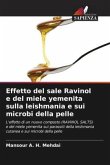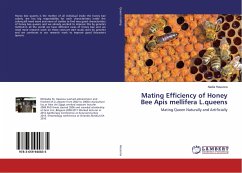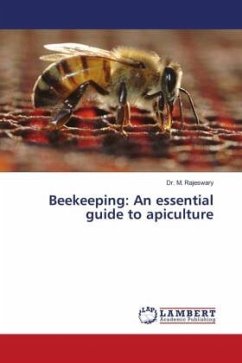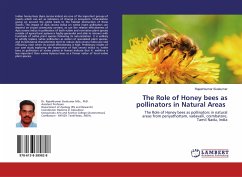Cutaneous leishmaniasis is still a major health problem especially in countries with low socioeconomic development. Although pentavalent antimony compounds are still the expensive, standard, basic and first line of treatment in Yemen. The aim of study: Detection of Leishmania spp. patients. Detection of other microbes. Study the antiseptic effect of different concentrations of the 2-ethoxy-6,9-diamino acridinium enzensulpho hydrazidooxalyl glycinate and Yemeni Honey (RIV) on a particular strains of microbes in vitro and Leishmania parasite in vivo. The results show that in microbiology and clinical tests, honey offers advantages in controlling the bacteria growth and in the treatment of certain Health problems. The topical dressing of cutaneous leishmaniasis ulcers with honey is very effective and helps in the treatment in a short term as compared with RIV treatment. However, honey and RIV are more effective together than if they used alone.
Bitte wählen Sie Ihr Anliegen aus.
Rechnungen
Retourenschein anfordern
Bestellstatus
Storno


